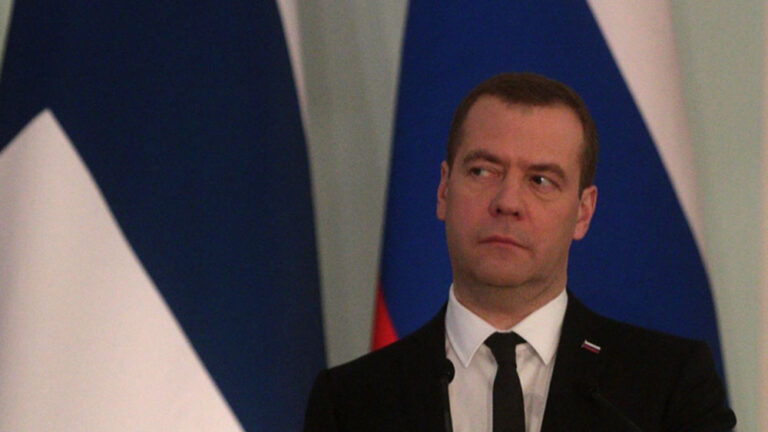YOU won’t find a Campbell’s soup can or a silkscreen of Marilyn Monroe at Tate Modern’s new pop-art show.
The curators purposely did not include any iconic works by Andy Warhol or Roy Lichtenstein because everyone can conjure that picture in their mind.
Instead, the 10 rooms of The World Goes Pop are filled with 160 works, many never seen in Britain before, by artists from around the world who interpreted their own versions of pop art.
And those pictures are about much more than just commercial materialism explored by the Americans who made the pop art movement famous.
“It’s pop art definitely that does have a twist and very often it has a political twist to it which is something you don’t always see with your more traditional pop artists,” Flavia Frigeri, the show’s curator, said.
“Here very much the language is used to denounce dictatorships, women’s role in society, protests, so it does have this extra punch to it.”
Frigeri and co-curator Jessica Morgan spent four to five years combing the world for pop art.
They found rich material in South America, across Eastern Europe and in Russia and Japan.
Women artists
Many of the artists they found were unknown in their own countries and didn’t even come up on internet searches.
It often took more than one visit to a country to find the women artists, many of whom were never represented by a gallery.
“History is written through commerce. If there is no commercial support, then they didn’t enter the world,” explained Morgan, who now works at Dia Art Foundation in New York.
Among the many women represented is Judy Chicago, a New Mexico-based artist.
She was living in Los Angeles in the 1960s and went to auto body school to learn how to spray-paint cars.
Three of her car bonnets or hoods are on display – airbrushed with patterns and dazzling colours that suggest male and female forms.
“I think the show is amazing. It’s just so refreshing to come to a contemporary museum and see art with which we are not familiar,” Chicago, 76, said.
“The important thing is that a lot of this work is political, feminist, critical of mass culture, critical of American policies in stark contrast to the pop art by white male guys that celebrate pop culture.”
The show is divided by themes rather than geography.
Faceless figure
Pop art as protest, pop art meets folk art – illustrated by Iranian-born artist Parviz Tanavoli and his traditional crafts using bright colours and pop-inspired materials.
The poster for the show is a neon triptych by Japanese artist Ushio Shinohara.
A faceless figure in a Western hat in the middle of the work highlighted the increasing Americanisation of Japanese society in 1966.
Visitors to the show were shocked by Shinohara’s use of highway advertising paint and perspex.
“It was unbelievable there was no reaction,” Shinohara, 81, said. “There was just silence. Half-a-century later, now they wake up.”
A reddish brown Coat for 11 was a protest piece by Italian artist Nicola L.
The unifying skin was a powerful message when racism was rampant.
The artist toured it across Europe, even organised 11 skiers to wear it and simultaneously schuss down a French ski resort.
War, politics, consumerism
Spain’s Equipo Realidad confronted themes of war, politics and consumerism.
Their contribution to the show, Divine Proportion, is a reinterpretation of Leonardo da Vinci’s drawing of a man standing in a circle with arms and legs outstretched.
The 1966 pop-art version superimposes a US soldier, a warning against cultural imperialism.
All the artists in the show reflected their own troubling times of the 1960s: military juntas, the Cold War, the war in Vietnam, racism, women’s rights.
Many of the works are intense, overt social commentary, unlike the deadpan humour of the textbook American pop artists.
Fifty years on, the art is fun, playful, ironic – like all pop art – but these overlooked works show art at its best, bravely embracing political themes and questioning, often uncomfortably, what is happening around us.
The show runs until January 24, 2016. (Jessica Baldwin)
Link: http://www.aljazeera.com/blogs/europe/2015/09/world-pop-london-tate-modern-150914163925560.html



